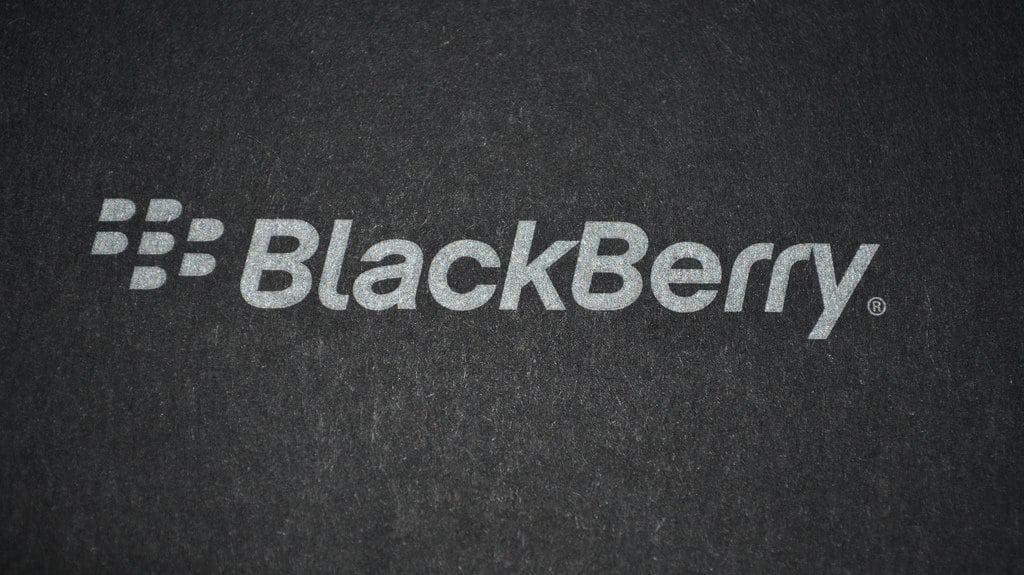Seeing a company like BlackBerry Ltd. (TSX:BB)(NYSE:BB) start appreciating in the stock price is a good feeling for those that have believed in the company’s prospects for years now. There are a variety of initiatives the company is working on that make BlackBerry an interesting investment.
But none of those initiatives are new phones that BlackBerry is investing in. In September 2016, BlackBerry announced that it was getting out of the hardware business, focusing all of its energy on its software and security offerings. And while it signed deals with international partners to licence its software, it doesn’t have to invest in the hardware itself.
When BlackBerry made this announcement, I realized that BlackBerry was going to be all right. As John Chen, CEO, said in an interview, “the phone market on the high end is saturated.” And rather than trying to compete there, BlackBerry needed to focus on where it could compete and not burn all its resources trying to launch new devices.
The one market where BlackBerry looks poised to win is the Internet of Things (IoT), with multiple different opportunities the company is investing in, all of which make BlackBerry an interesting prospect. And I believe that, over the coming years, investors that get in on these opportunities will be rewarded handsomely.
The first is its QNX operating system. It already has great deals with companies such as Ford Motor Company (NYSE:F), whereby Ford uses the operating system in its cars. BlackBerry has become a tier-one partner with Ford, with some BlackBerry engineers moving over to Ford to work on integrating the software into more vehicles. Through BlackBerry’s multiple partnerships, QNX is in 50 million cars.
But BlackBerry’s real automotive opportunity is in the autonomous driving space. QNX connects the multiple different “automatic” features, such as self-parking, collision avoidance, and lane departure assist into one system. And because QNX is completely secure, car makers can trust that the software will operate seamlessly — an obvious necessity when you’re talking about self-driving cars.
The second IoT play for BlackBerry is in smart asset tracking. This product, called BlackBerry Radar, allows any shipping container, rail car, or flatbed container to be tracked anywhere in the world. But it provides more than that … the operator of said asset can track temperature and humidity and when the container door is opened. This data can ensure that goods get where they’re going. It also ensures that the goods are unloaded in a timely fashion.
Early customers of Radar have seen a 17% reduction in the number of trailers they need, helping them save money. And if BlackBerry can help them save money, more clients will use Radar.
One analyst sees gold with Radar and QNX. In three years, he argues, those two products will push shares of BlackBerry to US$45 per share, which doesn’t even take into consideration the other businesses BlackBerry has. That’d be a nice appreciation from where it is today.
BlackBerry has a long road ahead of it, but its downside is limited thanks to the US$2.5 billion on its balance sheets. And with it continuing to work with high-quality partners and bring in high-margin revenue, I expect BlackBerry to grow from here.








